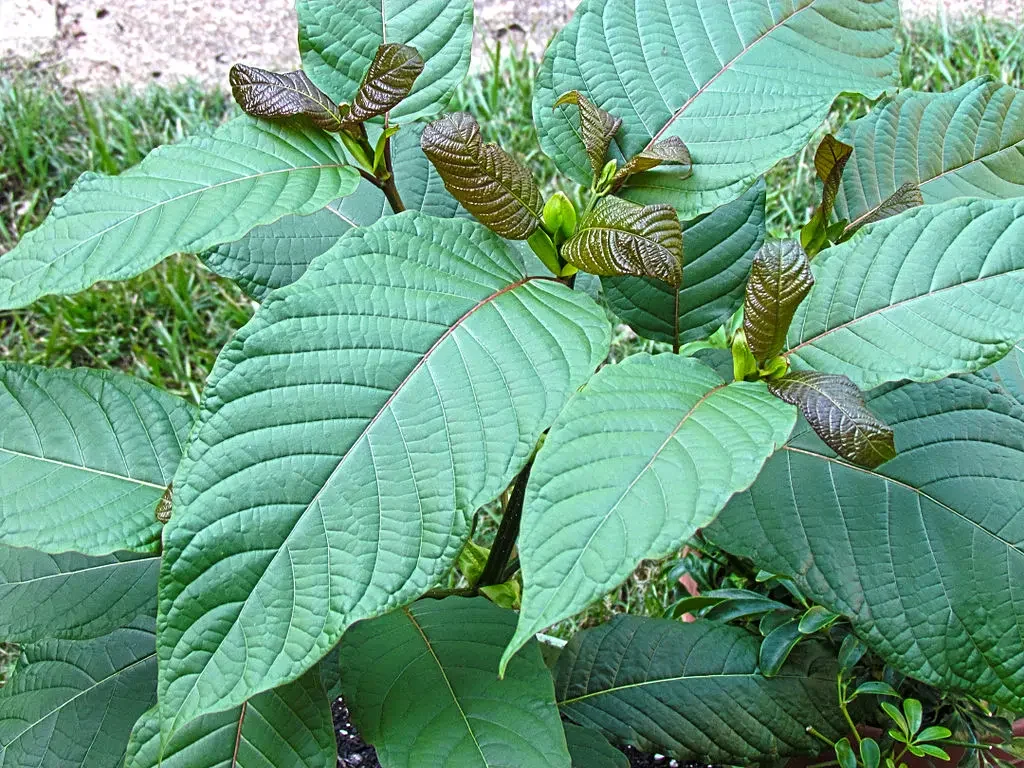Kratom, a natural compound derived from the Mitragyna speciosa plant, has sparked interest internationally due to its potential health benefits and psychoactive properties.
Originally from Southeast Asia, Kratom has a long history of use in traditional medicine as well as a tool for managing discomfort and combating fatigue among workers.
As its popularity surges in the Western world, understanding the plant, the types of kratom capsules, and its possible benefits and effects is becoming ever more important. Keep reading to learn more about kratom.
Understanding the Basics of Kratom

Kratom is indigenous to the lush rainforests of Thailand, Malaysia, Indonesia, and Papua New Guinea. For centuries, the leaves of the Kratom tree have been utilized for their medicinal properties by the native populations. Traditionally chewed or made into tea, it was used to alleviate a range of ailments, from minor discomfort to digestive issues.
Scientific investigation reveals that Kratom’s effects are due to the presence of alkaloid compounds, primarily mitragynine and 7-hydroxy mitragynine. These compounds interact with opioid receptors in the brain, leading to sedation, pleasure, and decreased discomfort, somewhat akin to the effects of opioids. However, Kratom also acts on other brain receptors, which can produce stimulant effects at lower doses.
Kratom is available in several forms, including powder, extract, and capsules. Each method provides a different user experience, with capsules often preferred for their convenience and ease of dosing. When exploring the kratom capsules, users can choose from various strains, each with its unique set of benefits.
The Various Strains of Kratom

Kratom strains are typically classified by the color of the vein in the leaf and the region from which the plant comes. The primary vein colors are red, green, and white, each corresponding to a different maturity stage of the leaf and producing distinctive effects. Furthermore, the ecological factors associated with the plant’s origin can also influence the concentration of active alkaloids, thus affecting its potency.
Red vein strains are known for their calming properties and are often used for discomfort relief and improved sleep. Conversely, white vein strains tend to provide more energizing effects and may enhance mood and concentration. The green vein varieties are considered to offer a balance between the effects of red and white strains, with moderate stimulation and discomfort relief potential.
Within these categories, further differentiation exists based on the geographic origin of the plant. For instance, Indo Kratom from Indonesia typically has a higher concentration of mood-boosting alkaloids, while Maeng Da Kratom, a genetically modified variety, is praised for its strong effects and longevity.
Users need to understand that the effects of Kratom can vary significantly between individuals, depending on factors such as body weight, tolerance, and personal sensitivity to the plant’s alkaloids. Consequently, it’s advisable to start with a smaller dose when trying a new strain.
Potential Benefits and Risks of Kratom
As discussed, each strain of kratom and consumption method comes with different experiences and effects. The potential benefits of kratom use are surrounded by personal anecdotes. Users report a range of effects, including relief from discomfort caused by chronic arthritis and fibromyalgia.
Additionally, users report help with mood enhancement, increased energy, and assistance with opioid withdrawal. The latter has generated increased interest as a possible alternative to conventional withdrawal treatments, although further research is needed to validate these claims.
Along with possible benefits, there are some noted risks associated with kratom. Possible side effects can include nausea, itching, dry mouth, increased urination, and constipation. More severe reactions might involve hallucinations, seizures, or psychosis, although these are typically associated with high doses or prolonged use.
Pre-existing health conditions can also influence how individuals may react to kratom. As a result, it is important to seek medical advice from a healthcare professional when considering kratom.
Kratom use reveals an intriguing landscape of natural compounds with diverse effects on human health and well-being. Whether seeking relief, balance, or stimulation, there is a Kratom strain that may align with one’s personal wellness goals.
Overall, responsible exploration of Kratom’s potential, understanding its effects, and honoring one’s body remain of paramount importance for a safe and beneficial experience.






